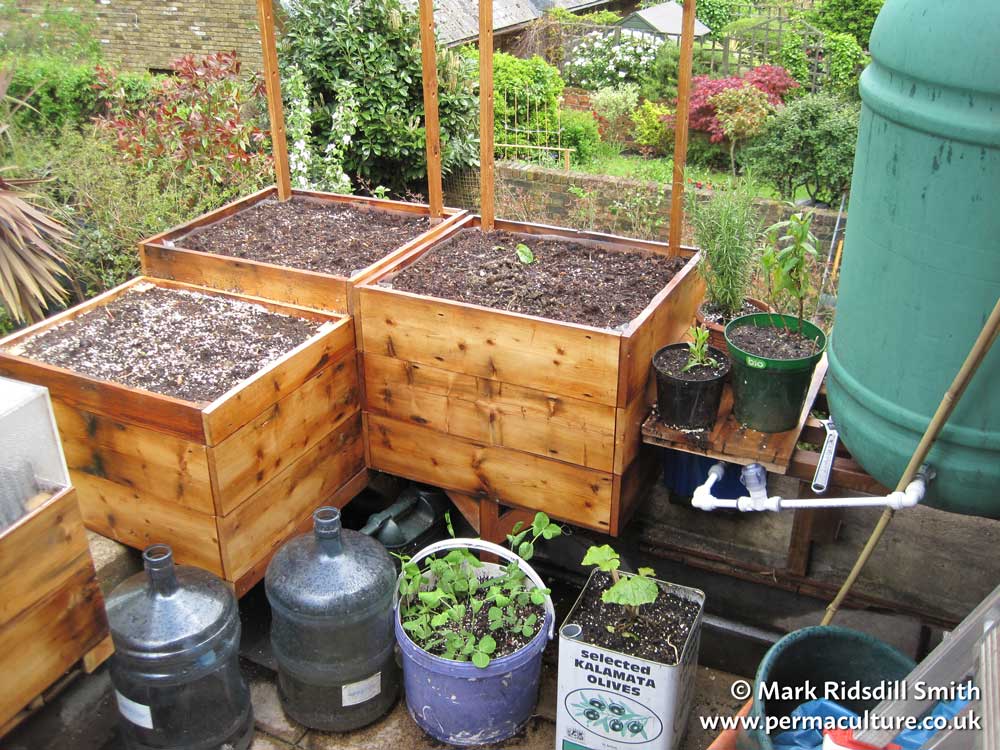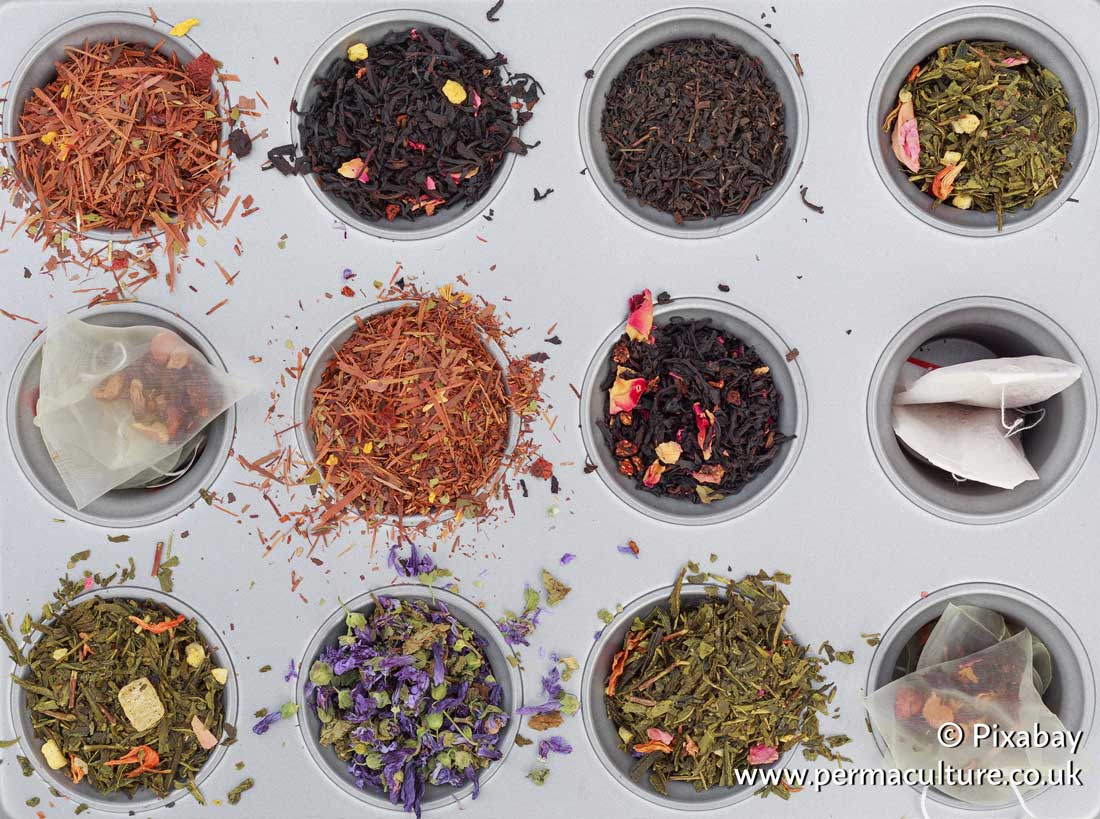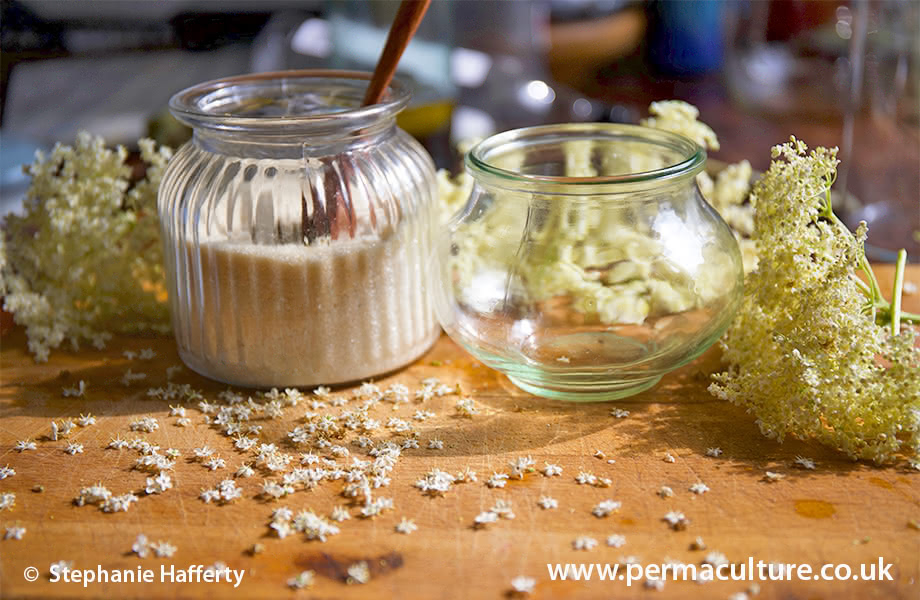Latin name Pseudotsuga menziesii (Mirb.) Franco.
Family Pinaceae
Habit Very large tree
Hardiness USDA zones 3-6 | UK zone 7
Parts used Bark/leaves/resin
Harvest time Young needles in June-August, bark all year
A large North American conifer with aromatic needles and bark offering much help in respiratory complaints.
Douglas fir is a tall conical-shaped evergreen conifer growing with a single trunk fast up to 60m tall and 10m wide. Red-brown buds produce fragrant soft dark green flat leaves with two white bands beneath. Female cones, 7-10cm long, are produced from March to May and ripen September to November. The cones are recognisable by their three-pronged bracts (like a mouse back legs and tail). Seed is produced from trees of 10 years or older.
Habitat/Origin
Western North America, from Mexico to the Canadian Rockies, from sea level to mountains. Now widely planted as a forestry timber tree.
Herbal actions
Needles and bark are anti-inflammatory, antioxidant, expectorant, diuretic, antiseptic, antifungal, antiviral, immunomodulating, astringent. The resin is antiseptic.
Traditional use
Most parts of the Douglas fir were used by native North Americans for a wide range of complaints including coughs, colds, rheumatism and bladder problems.
Indications and research
Douglas fir is an excellent remedy for respiratory ailments from colds to coughs and bronchitis. It provides a gargle for a sore throat and mouth ulcers. Research evidence is somewhat limited. Based on other studies of essential oils in conifers, the active components, such as pinenes and terpinolene, have been shown to have antimicrobial, antiviral and anti-inflammatory effects.
Active constituents
Cones, needles, bark and resin contain monoterpenes including alpha- and beta-pinenes, sabinene, alpha-terpinolene, alpha-terpineol.
Parts used
Bark, leaves, resin
When to harvest
The young needle shoots can be harvested from spring to midsummer, the mature needles at any time. A study found that terpenes increased significantly in concentration from mid-June to early August. Bark can be harvested year-round and dried for later use. The green bark of young trees is laden with blisters full of sticky resin.
Sample preparation and dosage
Infusion of needles, a handful of fresh needles per cup of boiling hot water 15 min.
Steam inhalation of needles or resin.
Infusion of needles in oil, honey, vinegar, brandy.
Safety
Take care when handling the trunk or bark as the resin is very sticky, remove it with alcohol or oil.
Related plants
Although called a fir, the Douglas fir is a pine and not part of the Abies genus.
Cultivation
The Douglas fir does best in full sun and acid, moist, well-drained soil. It can tolerate some shade and the soil can be poor or fertile, but it does not grow in chalky or waterlogged soils. Slow growing when young but can then increase at over 1m per year.
Further uses
A valuable timber tree. Young needles are edible and rich in vitamin C. Incense.
Cautions
Resistant to honey fungus, young growth can be damaged by late frosts. Fast growth means that branches are liable to break in wind and so this tree is not ideal to plant near buildings and fences.
Recipe – Douglas fir vinegar
2 cups Douglas fir shoots
500ml apple cider vinegar
Place the shoots in a jar and cover with the vinegar, weigh down the needles to keep submerged. Infuse for 4-6 weeks, strain and bottle. Add to hot water with spices and honey for a drink for colds and flu.
This is an extract from Anne Stobart’s Trees and Shrubs that Heal
Trees and Shrubs that Heal
by Anne Stobart
The Medicinal Forest Garden
by Anne Stobart
Trees for Gardens, Orchards and Permaculture
by Martin Crawford
Anne Stobart is a medical herbalist and herb grower based in Devon, UK.
She is the author of The Medicinal Forest Garden Handbook and runs various medicinal courses.











